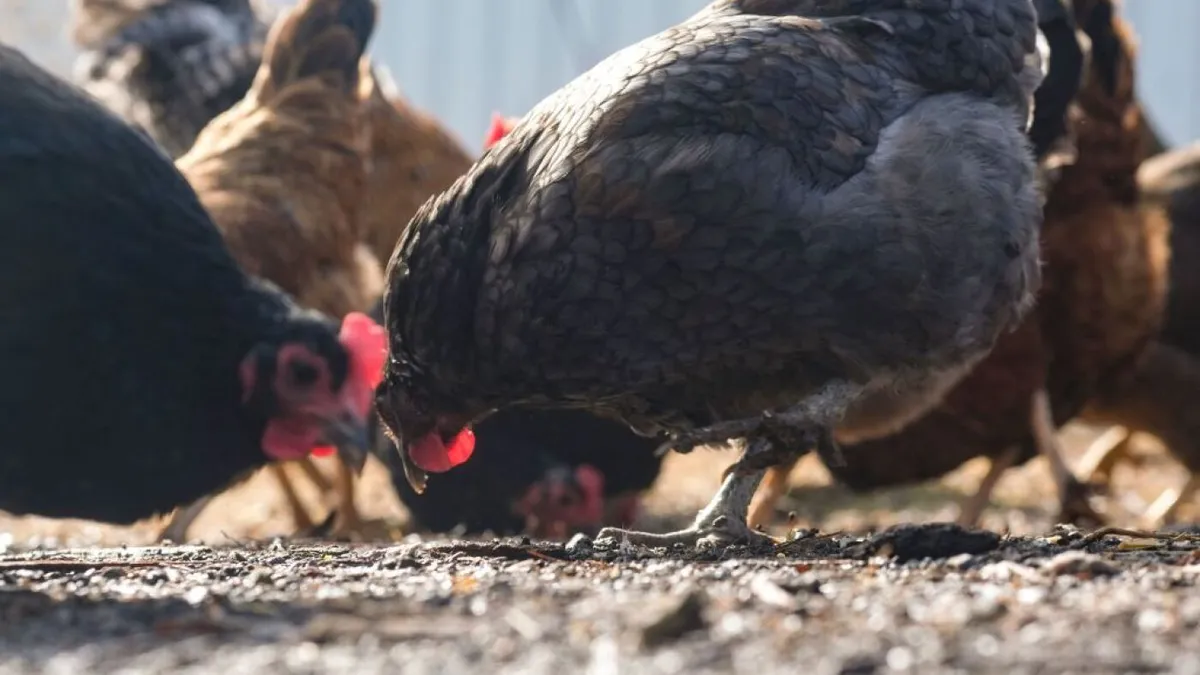
As birds migrate south for the winter, they are inadvertently carrying with them an unwelcome companion: the H5N1 virus, commonly known as bird flu. In the past 30 days alone, this virulent strain has affected 66 poultry flocks, resulting in the deaths of over 3.5 million turkeys, chickens, and ducks. This alarming figure marks a significant uptick compared to the summer months, raising concerns about the potential for widespread outbreaks.
The H5N1 virus spreads easily when infected wild birds come into contact with commercial or backyard poultry flocks. Currently, the states in the central region of the United States are bearing the brunt of the outbreak. However, experts anticipate that as migratory patterns continue, other regions may also experience increased infection rates. If the situation is not managed effectively, the consequences could extend beyond inflated egg prices. Researchers in the field of influenza express concerns about a repeat of last year’s events, when the U.S. reported nearly 70 human cases of bird flu, including one fatality.
Seema Lakdawala, a virologist at Emory University, asserts, “Absolutely, we’re going to see human infections, just like we did a year ago.” She emphasizes that the circumstances surrounding the virus have not changed significantly to suggest otherwise. Although no human cases have been documented since early this year, scientists involved in monitoring the situation report a lack of clear visibility into the health of both animals and humans.
The decrease in federal government support for H5N1 monitoring has exacerbated the situation. Wendy Puryear, a virologist at Tufts University, highlights that a once-thriving network of influenza researchers is now facing significant communication barriers with federal health agencies. This network used to facilitate collaborative research and strategic discussions about the virus, but has since been hampered by staffing cutbacks and policy changes initiated during the Trump administration.
Puryear recalls a recent meeting where colleagues reported halting their studies related to H5N1 due to funding cuts, describing it as a “pretty depressing meeting.” Furthermore, the federal lab responsible for genetic sequencing of the virus has experienced a slowdown in data output, which poses a risk as the threat of spillover from wildlife increases. Dr. Keith Poulsen, who leads the Wisconsin Veterinary Diagnostic Laboratory, notes that the shutdown has created obstacles for communication and testing during a critical time.
While reports indicate that bird flu cases in dairy herds are relatively rare, the efficacy of routine testing remains uncertain. The Biden administration initiated a USDA program to detect bird flu in dairy milk, but scientists like Lakdawala express concern that the apparent decline in cases may stem from insufficient testing. New research indicates that the H5N1 virus can persist in the environment, contaminating milking parlors, equipment, and even waste streams used for cleaning.
Cows can carry the virus in their milk, including those that show few or no symptoms. Lakdawala warns that the conditions on infected farms present a clear risk to workers, who may be inhaling aerosolized particles of the H5N1 virus. In Minnesota, where numerous outbreaks have occurred since mid-September, health officials are monitoring approximately 35 individuals who had potential exposure to the virus, ready to respond if symptoms develop.
Testing among farm workers—the demographic most at risk of contracting and spreading the H5N1 virus—has been inadequate since the onset of the outbreak. Most human cases have been mild, often manifesting as eye infections or other easily overlooked symptoms. CDC scientists recently called for enhanced data collection regarding asymptomatic infections to better inform public health responses.
A small study from last year indicated that 7% of dairy workers in Michigan and Colorado had evidence of past bird flu infections. Long-term research efforts require cooperation from farmers and their employees, many of whom are undocumented and hesitant to seek testing due to fears surrounding immigration enforcement. Bethany Boggess Alcaulter from the National Center for Farmworker Health notes that many workers are too frightened to leave their homes, underscoring the challenges of gathering reliable data.
Dr. Nirav Shah, who previously led the bird flu response under President Biden, acknowledges that while it was reasonable for the CDC to downscale its emergency response earlier this year, there should not have been a reduction in monitoring efforts. The current situation calls for renewed attention to the H5N1 virus and the potential risks it poses to public health.